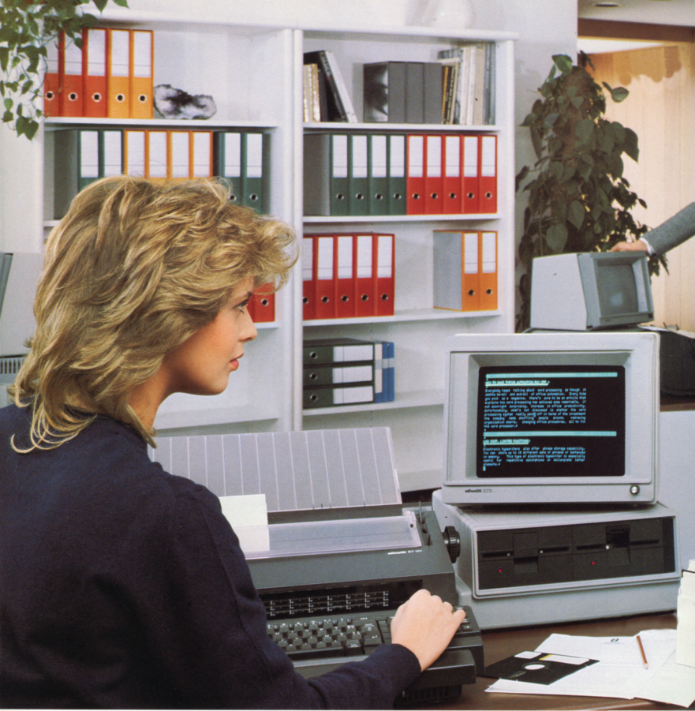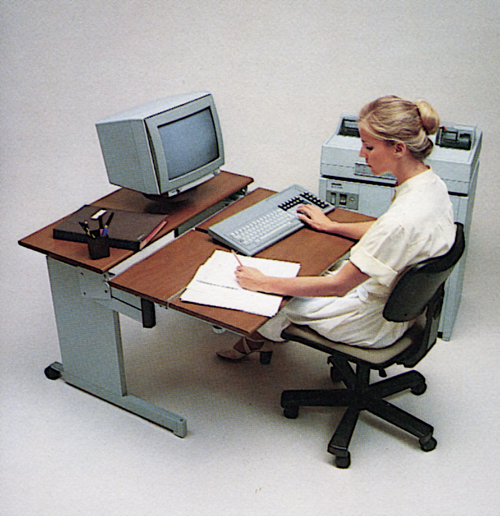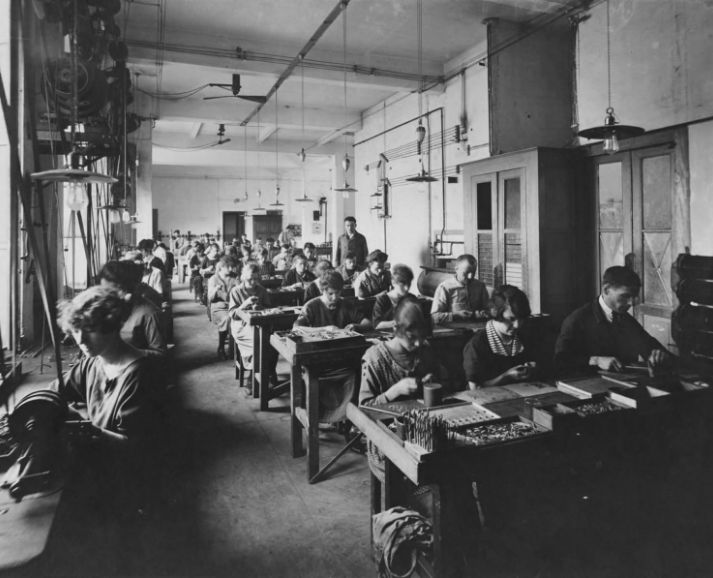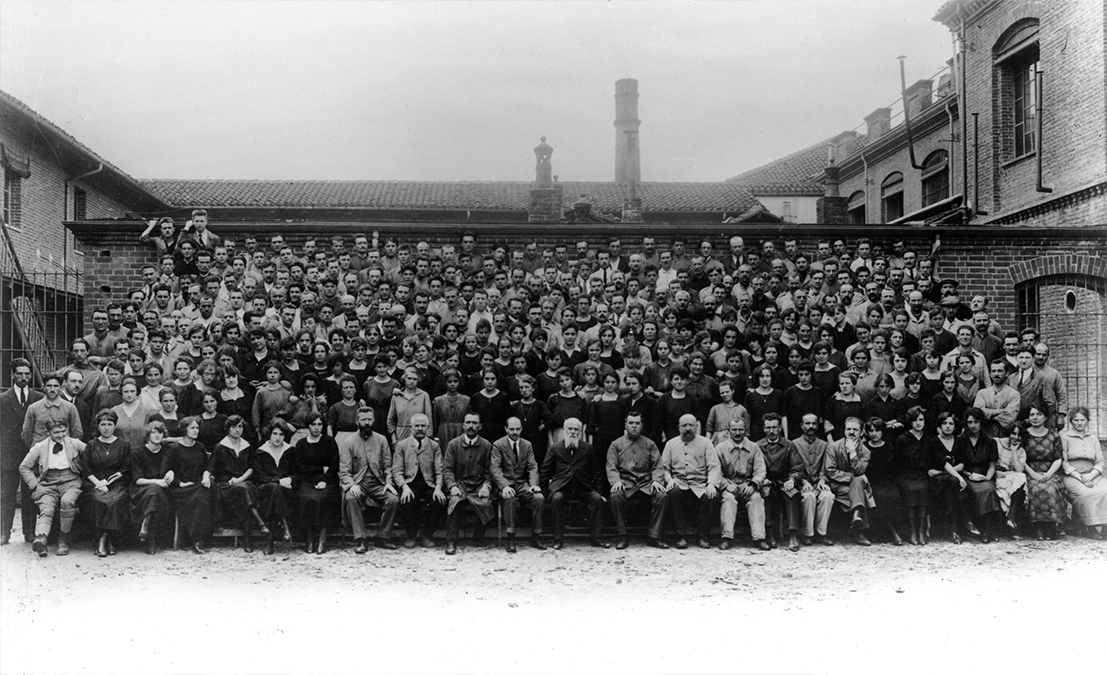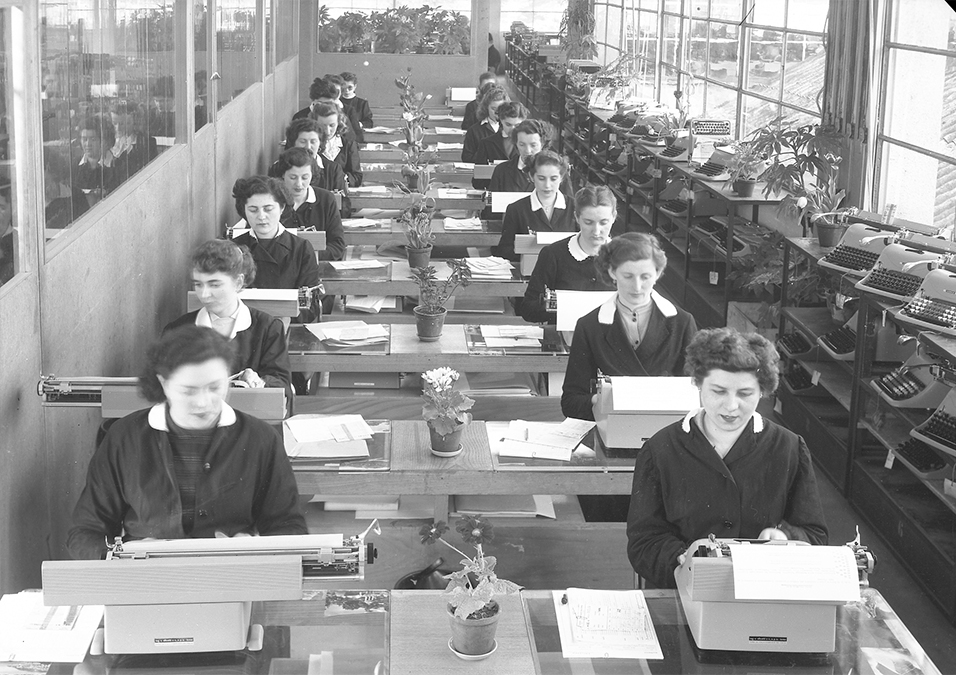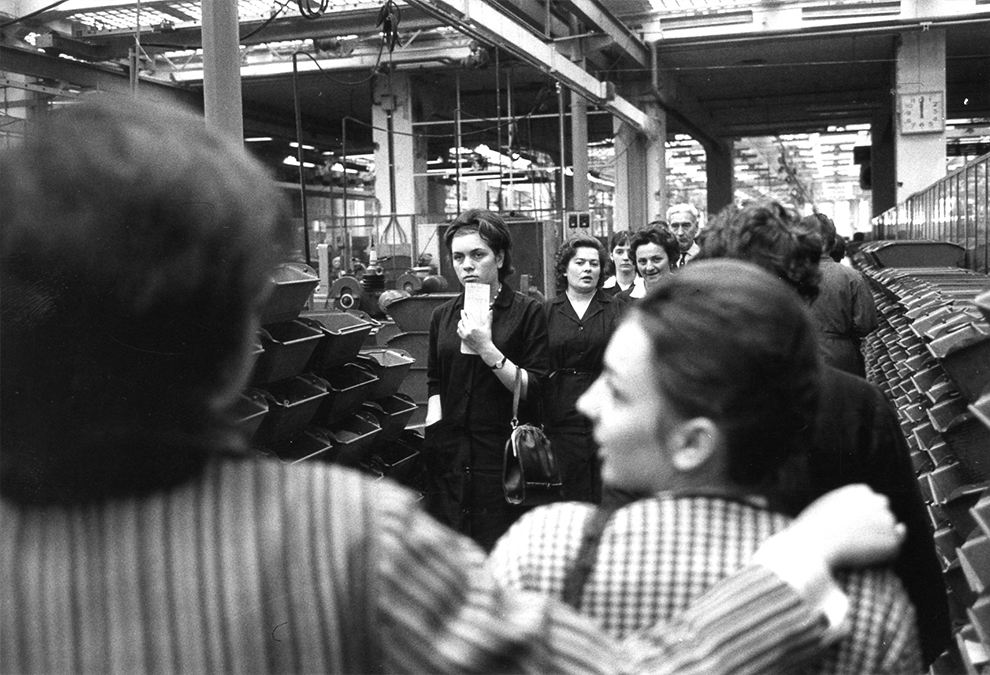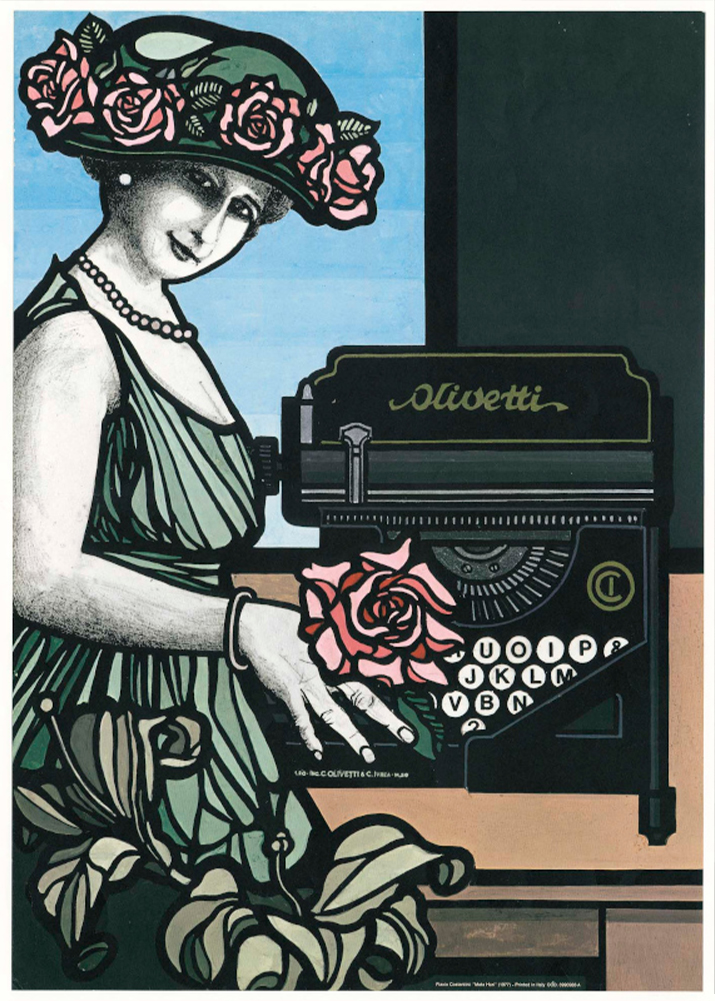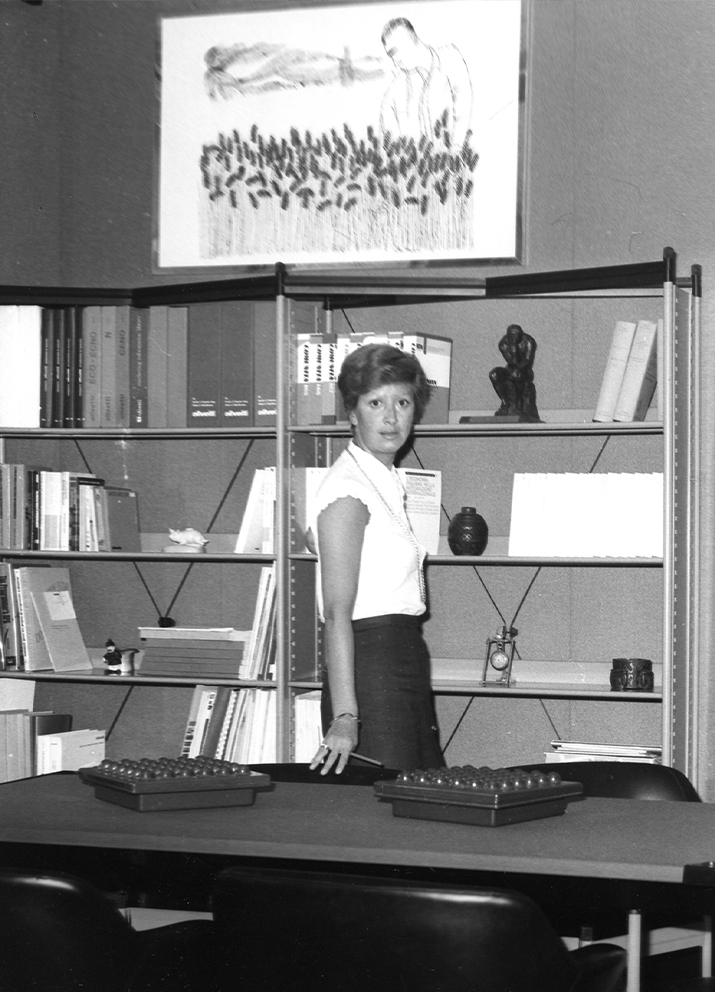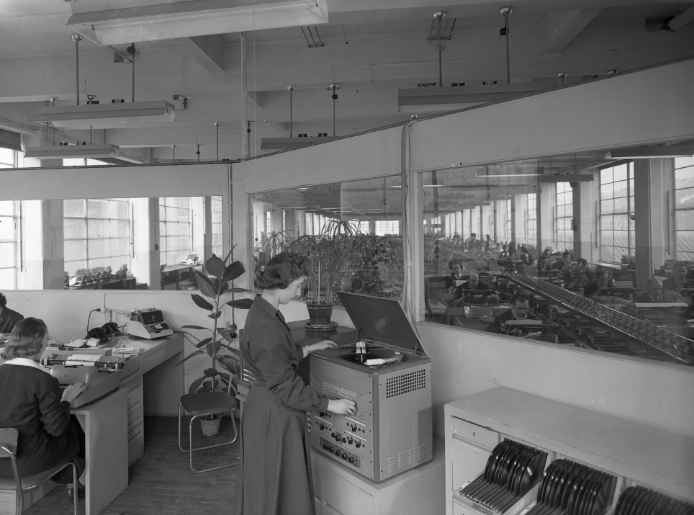
In the same period, the conditions of women’s work in Olivetti were very different from those described for the Parisian industry.
The working environments are much more modern and pleasant; the organization of production processes is quite flexible and attentive to the personal needs of the workers; in the factory there are no particular discriminations between female and male workers, while
the articulated system of social services offered by the Company contributes to improving the working condition of women, offering an easier solution to the various problems associated with motherhood and childhood.
